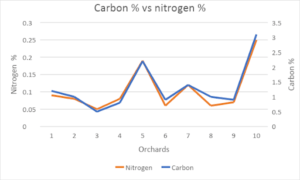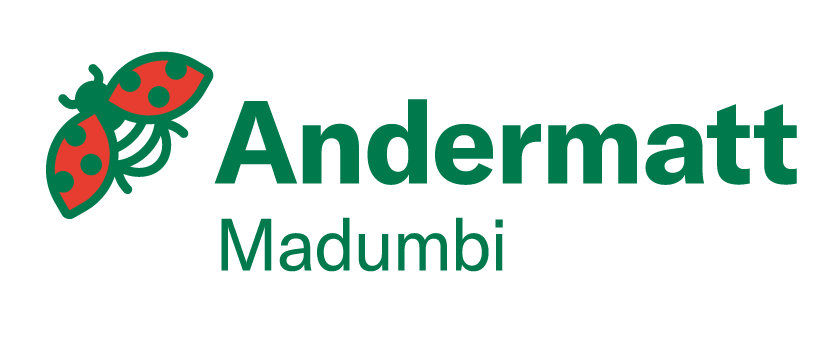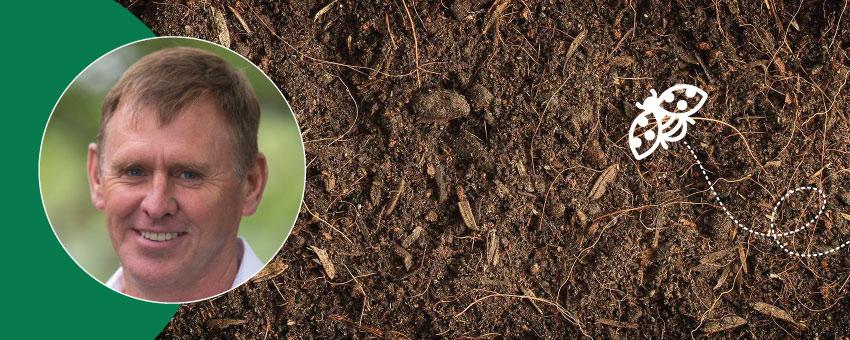SOIL MATTER MATTERS
Soil Organic Matter (SOM) is defined as the organic matter component of soil. It consists of plant and animal detritus at various stages of decomposition, tissues and cells of soil microbes, and substances that soil microbes synthesise.
The agricultural industry is (and has been) dependent on synthetic nutrients in the form of fertiliser due to the extremely low Soil Organic Matter (SOM) and soil microbe levels that have resulted from conventional farming. SOM is the “nutrient” that agriculture has abused for too long.
With the industry reeling due to the rising cost of energy, SOM matters now more than ever. Have you as a farmer ever spent money on carbon like you do on synthetic fertiliser?
As farmers, we must be aware that the costs of energy are rising faster than consumer incomes, this will lead to lower consumer spend per capita. One needs to remember that food is also energy and energy is carbon.
If we are not careful, consumers will be unable to afford the increasing cost of food production.

Increasing volatility in the price of crude oil is just one indicator of increasing costs to producers and consumers globally. With such volatility, how do you budget? I believe you can reduce volatility in farming by increasing SOM in soils, which will buffer the extremes in input costs.
The question that needs to be asked: How do we, as agriculturalists decrease our input costs, to ensure we continue to farm in these uncertain times at sustainable profit?
We can create stability in production and cost of production by farming CARBON first, then the crop.
The answer lies in the soil. It is my opinion that we no longer have any other choice but to sequestrate carbon back into our soils from the atmosphere and with it, nutrients like nitrogen. In my view, soil is the next frontier for farmers.
By farming carbon, you can look forward to some of the following outcomes:
- Increased water storage capacity
- Improved nutrient cycling
- More nutrient availability in plant available form
- Higher humus storage
- Increased biomass and extended root systems
- Improved soil structure
- Greater soil aeration
- Healthier, more resilient plants
- Decreased cost of production
- Increased yield and quality of crop
- Decreasing reliance on synthetic fertiliser and chemicals.
Soil Organic Matter & carbon sequestration, key points to be aware of:
- Soil Organic Matter is made up of the following:
- 58% Soil Organic Carbon (SOC)
- Partially decomposed organic residues
- Microbes
- Humus
- N, P, S and other nutrients and trace elements
2. SOM and nutrient availability are directly correlated. The higher the SOM, the higher the nutrient availability. Below is data off a farm where we tracked nutrients and SOM. Notice that as SOM increases, so does nitrogen availability.

3. Cation exchange capacity (CEC) is the soil’s ability to hold onto, store and exchange cations or nutrients. CEC is driven by SOC and clay percentage. Increasing the SOC increases the uptake of plant available nutrition, thus reducing leaching and contributing to improved production economics. Between 25 and 90% of the CEC can be due to SOC content of soils.
4. SOC is important as a nutrient reservoir. As you increase SOC in the top 10 cm of soil it leads to an increase of nitrogen, phosphorous, sulphur and other nutrient in the soil. This will lead to less reliance on synthetic fertiliser.
5. SOC increases water holding capacity (WHC). In a sandy soil a 1% increase in SOC will increase the WHC by up to 30%, and 10% in clay loam soils. A 1% increase in SOC can lead to an increase of 60 000 to 100 000 L of water being held in the soil per ha. The perfect dam.
6.SOC builds soil structure in combination with soil microbes, leading to improved aeration and water filtration.
SOC, CEC, microbes, soil compaction and photosynthesis are all interlinked. Focusing on and addressing these key criteria will contribute to better yields, healthier crops and decreased input costs.
At Andermatt Madumbi, we believe healthy yields start with healthy soil and roots. This solid foundation contributes to stronger plants, which are naturally more resistant to pathogens and more tolerant to stress factors.
As such, we recommend the Root Health program (a combination of beneficial bacteria, fungi and nutrition) as the foundation of all healthy crops.
Contact us, or visit www.andermatt.co.za/products/roothealth to learn more.
____________________________________________________
Mark Hutton is an Andermatt Madumbi Biospecialist, based in Hilton, KZN. Mark supports Farmers AgriCare agents and growers in the KZN and northern Free State. For more info contact mark.hutton@andermatt.co.za

